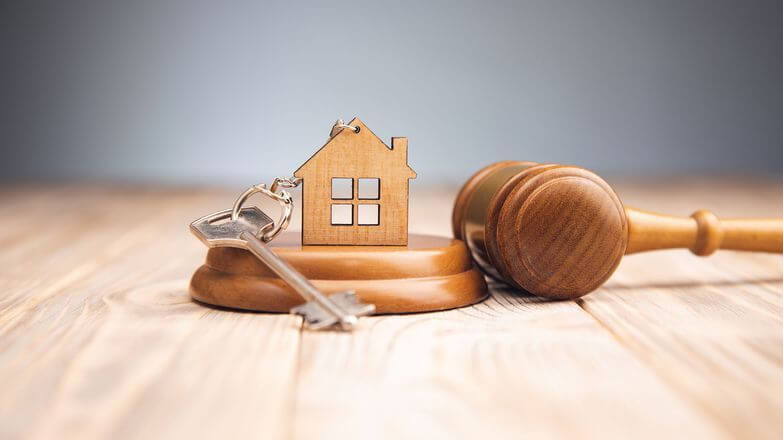What is Capital Gains Tax?
The UK Government describes Capital Gains Tax as a tax on the profit upon the sale of (or ‘disposal of’) something (an ‘asset’) that’s increased in value.
So, if a painting was purchased for £5,000 and it was sold later for £25,000, the gain is £20,000 (£25,000 minus £5,000).
An asset in this case could be but isn’t limited to, things like personal possessions, a second home or shares that aren’t within an ISA. Therefore, those who own or are planning to sell a second home, will be required to pay Capital Gains Tax.
A higher-rate taxpayer will pay 28% on any gains from residential property. Those on basic taxpayer rates will see the rate changes depending on the size of the gain; 18% on residential property if it’s within the basic income tax band (£37,700 for the 2021 to 2022 tax year) or 28% if it’s higher.
How does this specifically affect property owners?
If a homeowner purchased the property for £200,000 and sold it for £250,000, the ‘gain’ would be £50,000. That would mean the current taxable income for that property would be £37,700 (£50,000 minus £12,300 = £37,700) and £6,786 would be payable in CGT for a basic rate taxpayer. However, in the next tax year that taxable income for the same property would be £44,000 taking the CGT tax bill to £7,920.
In summary, anyone looking to sell a property in 2023 is advised to sell quickly and complete the sale before the end of the current tax year at the end of March 2023.

